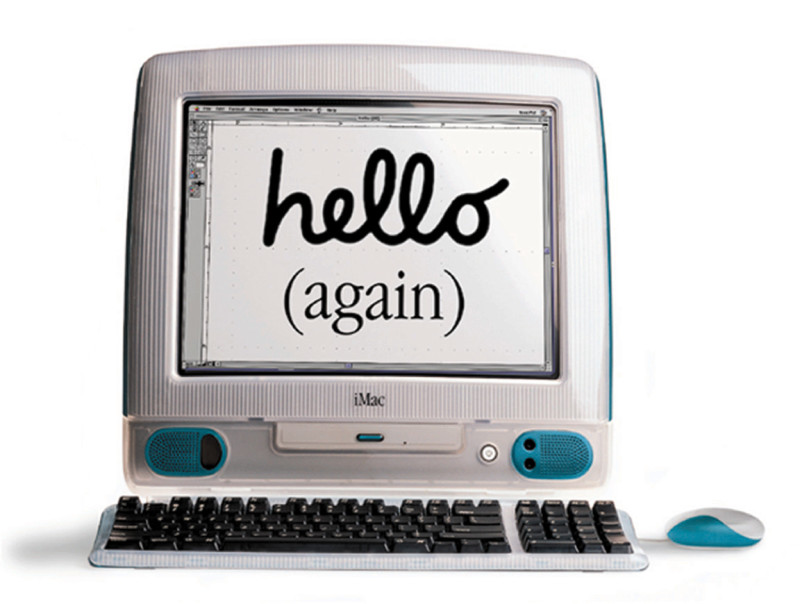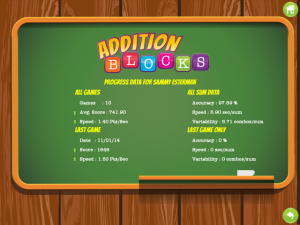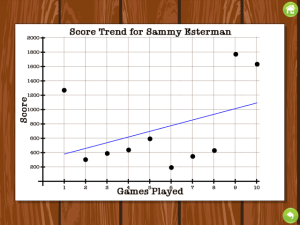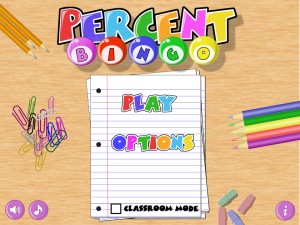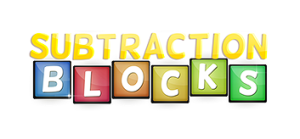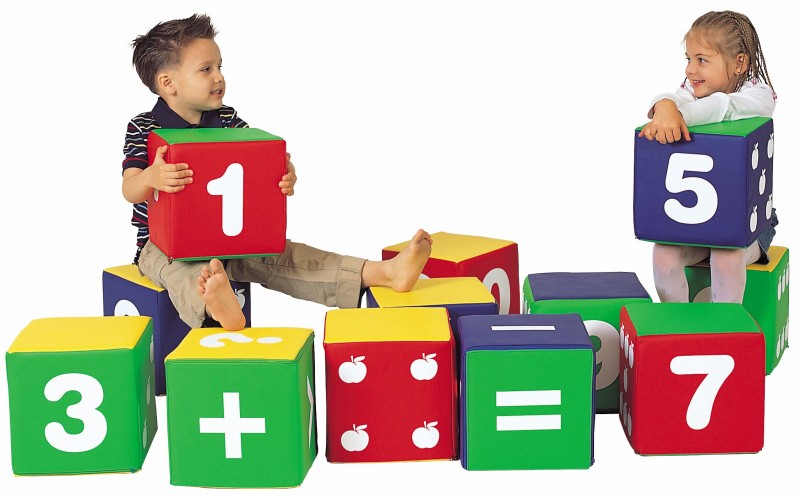(That is, Using Addition Blocks and Multiplication Blocks to Build Fluency)
There are many apps in the marketplace (some good, some not so good) that already “teach” many topics in math. However, what is lacking are fun and engaging games that were more than glorified speed tests. Addition Blocks and Multiplication Blocks are specifically designed NOT to teach math facts, but to practice–and build fluency. Having said that, these games should not be used to “teach”. This blog will cover some overarching ideas of how to use these games.
(If you are not familiar with either of the apps, watch the short trailer for Addition Blocks or Multiplication Blocks).
I have often repeated The Five Keys to Building Fluency, but for a successful game or activity there are three characteristics:
The process of building fluency is through repeated exposure to the operations and facts under a time limit with immediate feedback. If we are going to make a serious attempt to build fluency, then the game or activity will need to be engaging, or the kids will not want to play (or feel forced to play)! A good test– If you don’t enjoy playing the game, chances are your student or child will not want to, either.
There needs to be differentiation built into the game to meet the child wherever they are in their skills and knowledge– That means being able to change difficulty, speed of the game, or the starting point. If a game is too easy or too hard, the game will be too frustrating or too simple, making the game unplayable.
- Gradual Increases in Difficulty
The game needs to (gradually) increase in difficulty; this is not only a important concept in any good game, but, also as we attempt to make our kids faster and more accurate. As the player ‘learns’ how to play the game, the game should also become harder– either through more difficult problems or faster speed.
So, how can one use Addition Blocks and Multiplication Blocks effectively? Through Consistency, Monitoring, Feedback, and Patience:
The games will be much more effective to the student if they play the games 2-3 times each week (not a rule, but a model), and to play for short periods, such as 5-10 minutes at a session. Play the games on the same difficulty level and speed until mastery is achieved… then have the child move from ‘Easy Difficulty’ to ‘Normal’ or from ‘Slow Speed’ to ‘Normal’.
Each child will be at their own skill level. If the game is too hard or too easy, the game will not provide the engagement or challenge necessary to keep them playing. If a child does not have the necessary skills (in this case, knowing their facts) yet, Addition Blocks or Multiplication Blocks will only be a source of frustration. Only you will know if they student is playing the games effectively by monitoring what they are doing.
Let the child know they are improving. Watch their scores and how fast they solve the sums/products. Simple comments “Wow, you’re getting fast at that! Or, “You made it to level 4! Congrats!” can do wonderful things for their confidence and self-efficacy. A part of fluency is knowing that they are correct and the confidence that they know their facts, and not second-guessing.
Rome was not built in a day, and fluency is not built in a week. Using short time periods several times a week over period of months will be much more effective than playing the game each day for 15-30 minutes. The “law of diminishing returns” will come into play if the kids are playing for long periods of time, as the game will lose it’s engagement and they will become bored, then lazy, in their thought processes.
The next major release (Spring 2015) of Addition Blocks/Multiplication Blocks will implement many of these items into the game. The apps will feature up to 30 individual profiles to keep each student’s achievements, scores, and progress. A new ‘Timed’ mode will set the length of the game to a set time (from 30 seconds to 10 minutes). The games will also implement progress monitoring (speed, accuracy, variability) and reporting for teachers and parents (and for the kids) so show and that they really are getting faster!
What have you done as a teacher or parent that has shown to build fluency? Share your stories with us and leave a comment below!

